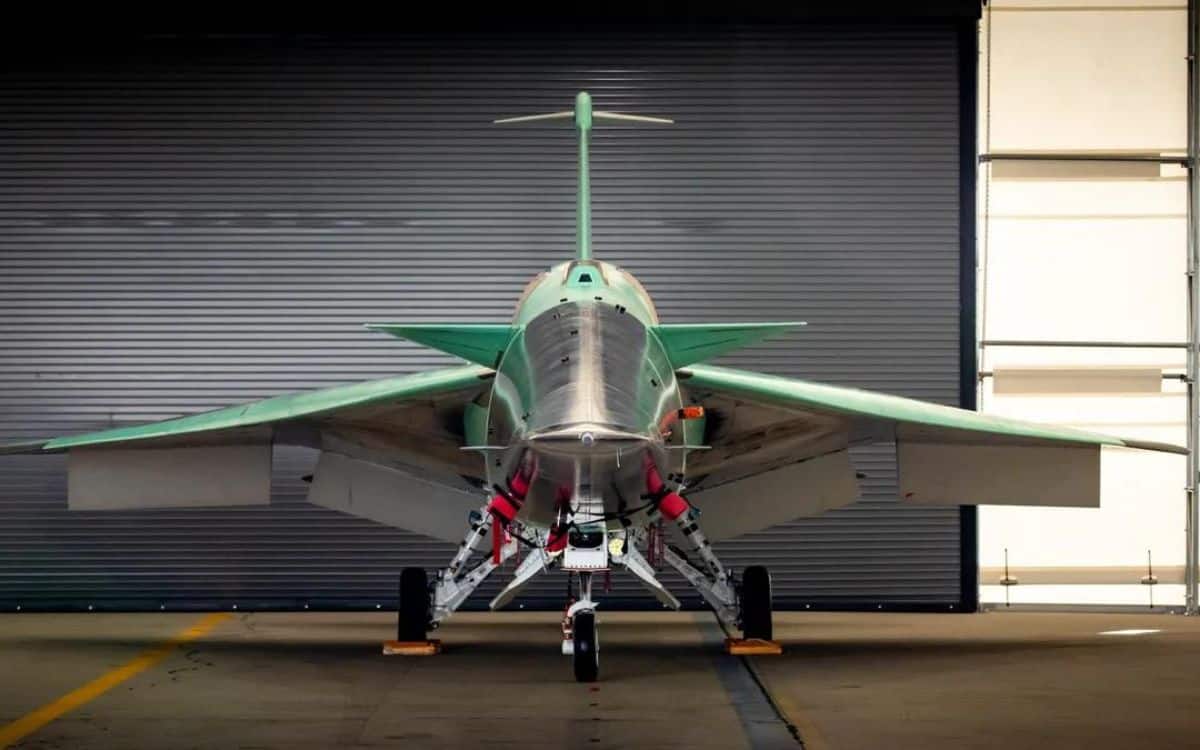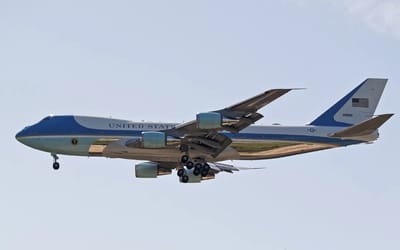NASA will unveil new ‘quiet’ X-59 supersonic jet that will break sound barrier also silently
- NASA will unveil a ‘quiet’ X-59 supersonic jet tin a few days time
- There will be a livestream of the event
- The typically loud supersonic boom will be reduced to the volume of a car door slamming
Published on Jan 08, 2024 at 4:52 PM (UTC+4)
by Amelia Jean Hershman-Jones
Last updated on Jan 08, 2024 at 8:31 PM (UTC+4)
Edited by
Adam Gray
NASA will unveil an unprecedented ‘quiet’ X-59 supersonic jet later this month.
Set to drop on 12 January via a livestream, the advanced aircraft will be able to break the sound barrier without producing a signature – typically 110-decibel – sonic boom.
Designed as a collaboration by NASA and Lockheed Martin, they’ve been working on the technology since 2019.
The X-59 Quiet SuperSonic Technology – nicknamed Quesst – is designed specifically for the new jet.
The aircraft was built at Lockheed Martin’s ‘Skunk Works’ facility in Palmdale, California.
While it will fly at supersonic speeds of 1,236 km/h (768 mph) at sea level – the sonic boom you’d expect has been reduced to a ‘thump’ at the volume of a car door slamming.
The thump probably won’t even be heard from the ground.
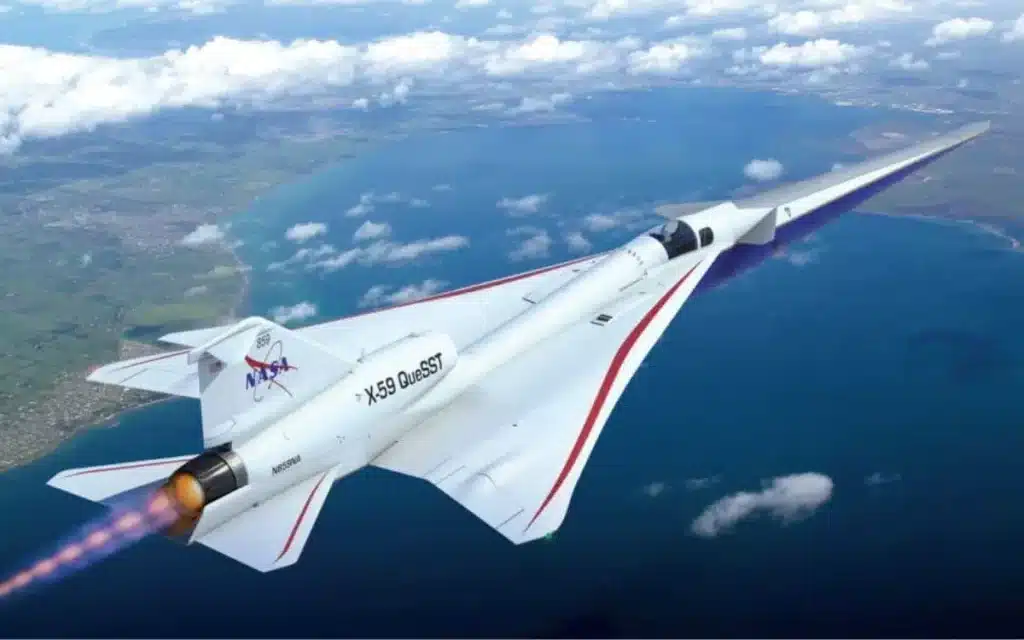
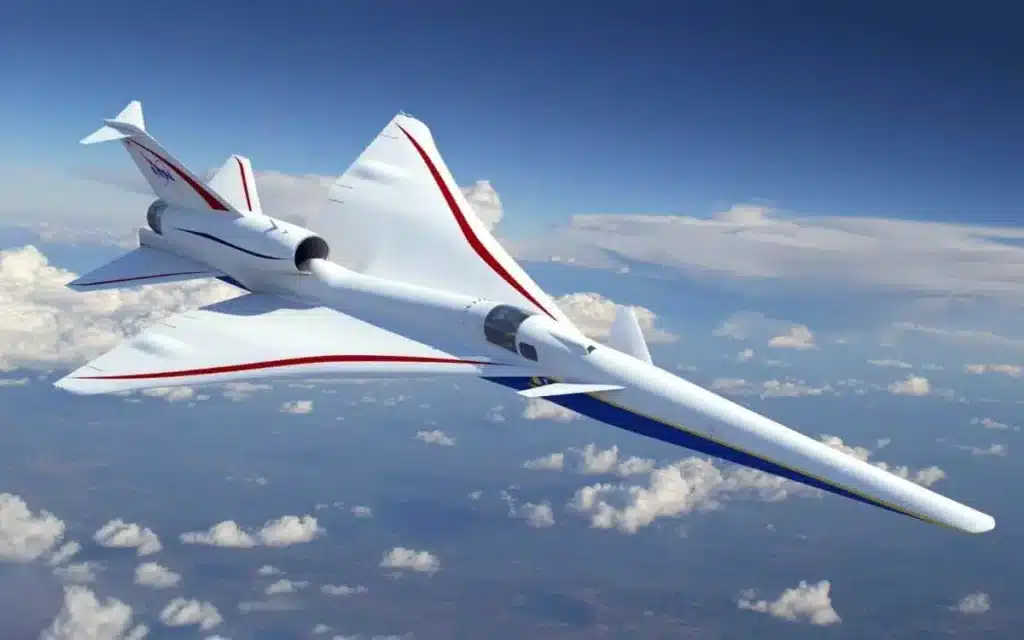
NASA says the X-59 will “dramatically reduce passenger air travel time” without being a burden to the people who live under flight paths.
NASA is hoping that the unique X-59 supersonic jet could reshape regulations that are in place to prohibit supersonic jets flying over populated areas.
According to National Geographic, supersonic flights over land have been banned by the US Federal Aviation Administration since 1973, due to the noise disruptions that sonic booms can cause.
That’s why the famous Concorde was only able to go supersonic over water on transoceanic flights because of the sonic boom it would make.
The public can watch the X-59 rolling out of its hangar for the first time on Friday 12 January at 4 p.m. EST via a free NASA livestream.
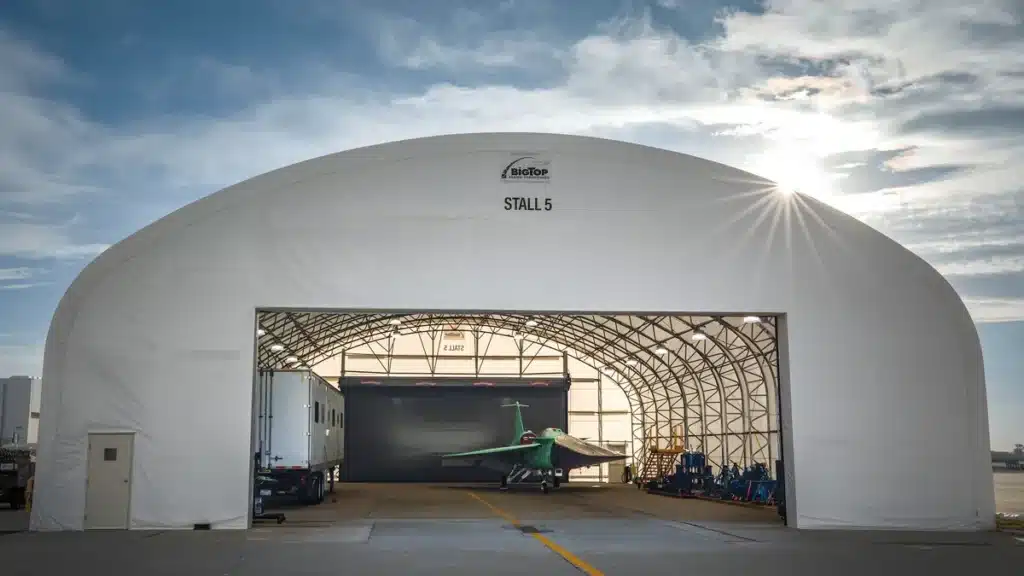

NASA is encouraging the public to host watch parties for the rollout complete with agency-provided printable invites and free STEM toolkits for educators.
The X-59 supersonic jet has been in front of cameras only once before, in August 2023.
However, that was before it went undercover into a barn for its final red, white and blue paint finish.
What was apparent was the striking geometry of the supersonic jet.
The 99.7-foot-long (30m) X-59 supersonic jet is 29.5-foot-wide (9m).
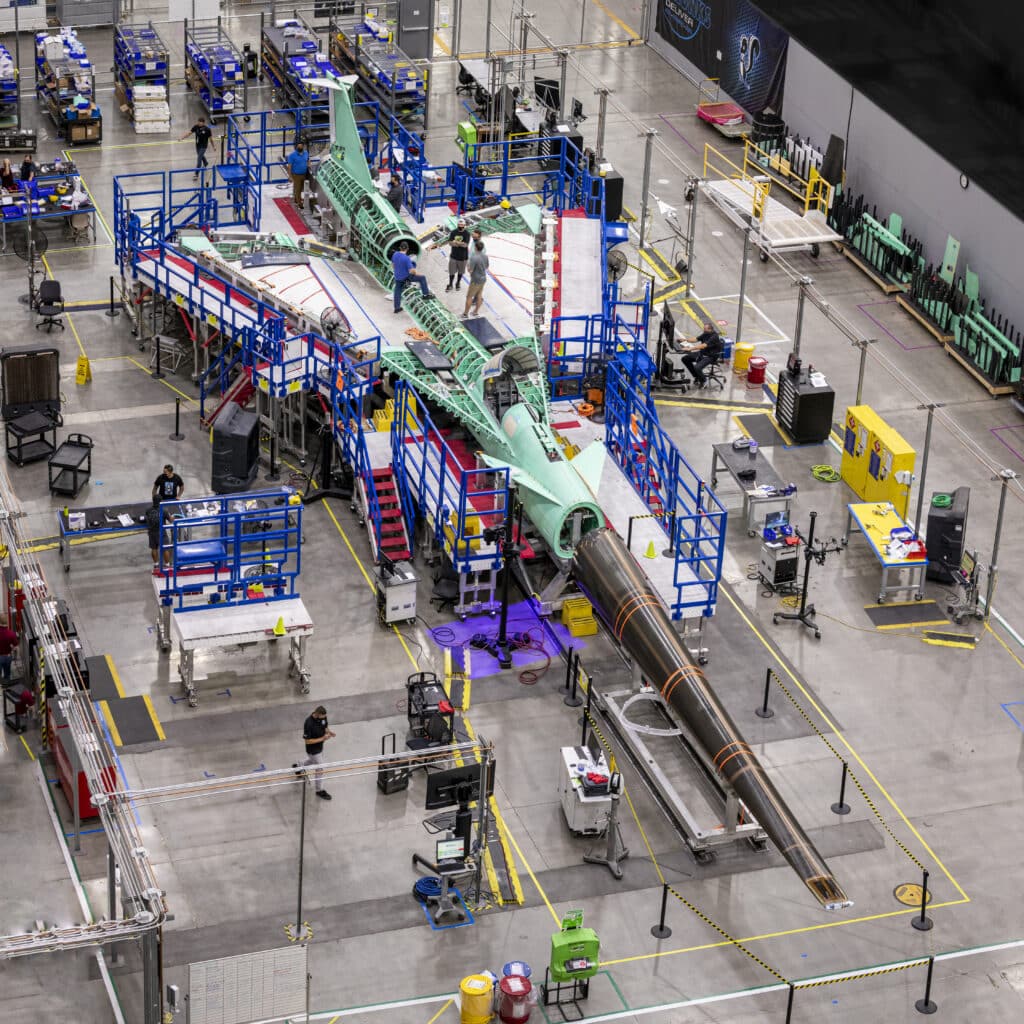
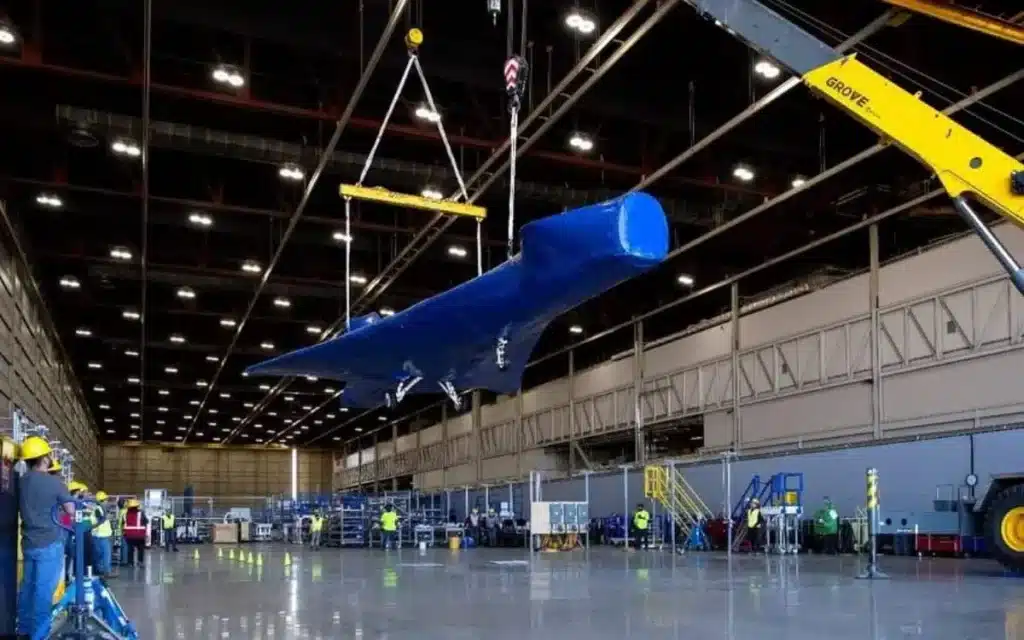
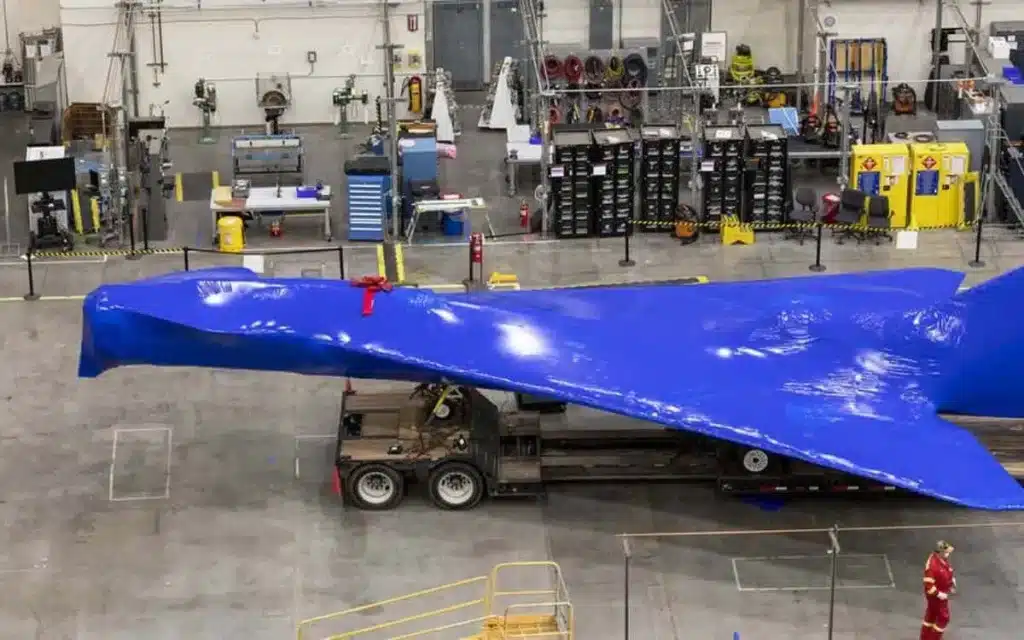
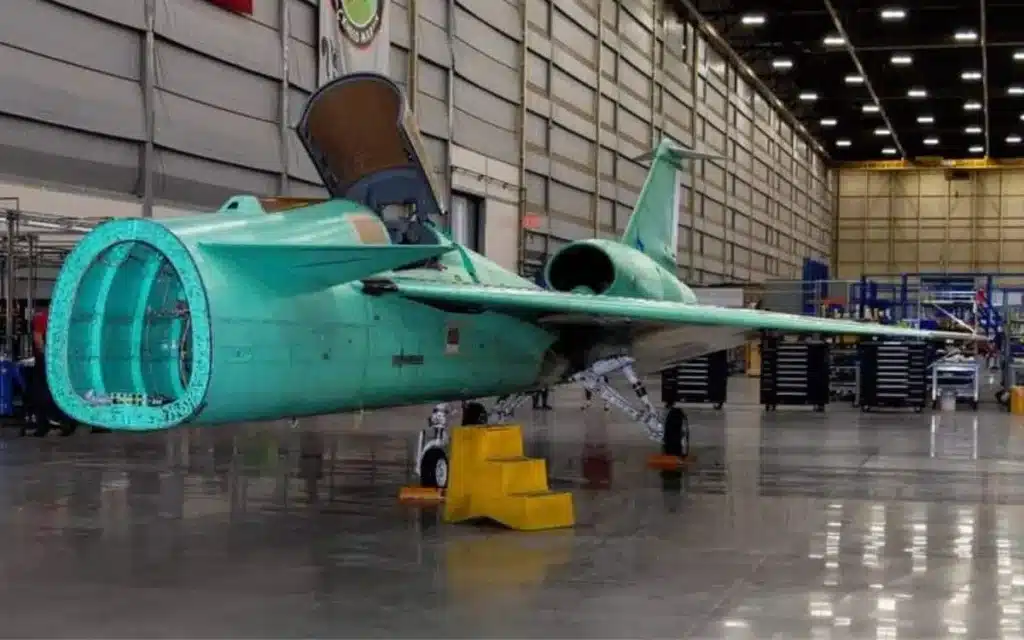
Its streamline design will aid it reaching a speed of Mach 1.4 – or 1489 km/h (925 mph).
The aircraft will fly at an altitude of 55,000 feet (16,764m), powered by a single General Electric Aviation motor.
Its sharp, elongated beak-like nose section measuring 38 feet (11.5m) in length, means the shockwaves still form, but they never merge together.
Unusually the long nose also means that the windscreen is rendered obsolete.
Instead, pilots use what NASA calls the External Vision System, or XVS, to see the area in front of the aircraft.
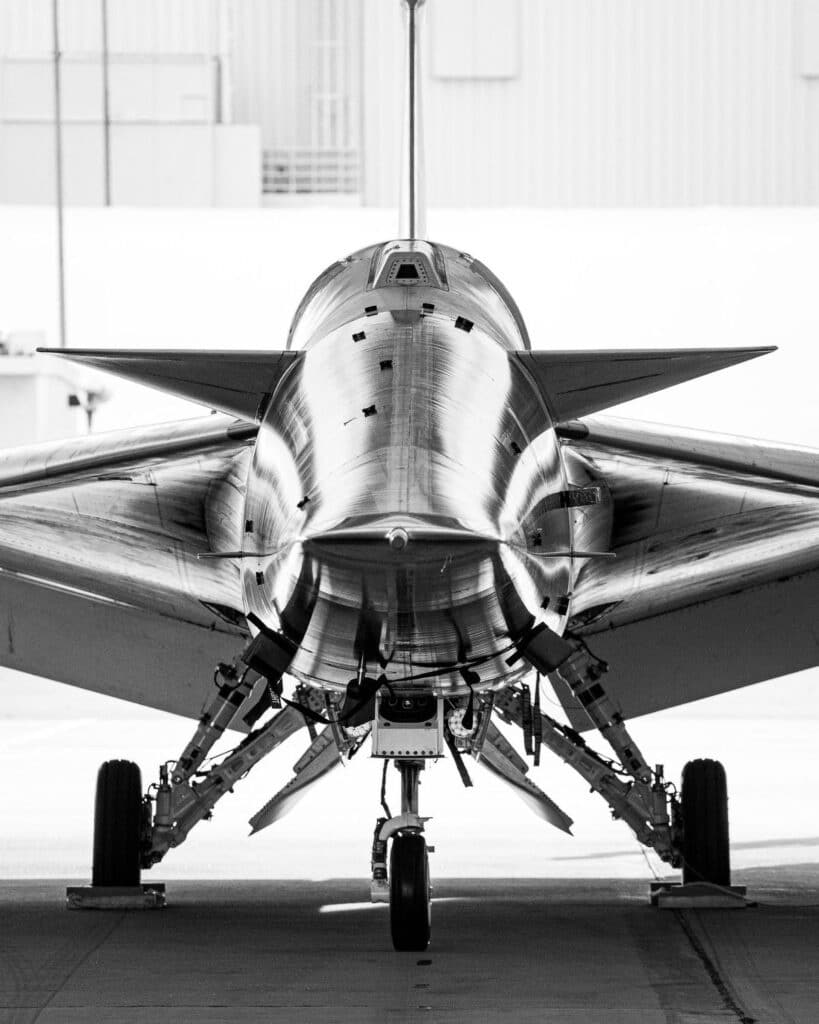
This forward-facing camera has a cockpit-mounted display screen and custom image processing software.
According to a 2019 NASA statement, this will “create an augmented reality view of the X-59 pilot’s forward line-of-sight along with graphical flight data overlays.”
This is much different from the experiences of Concorde pilots.
“As one of the more recognizable features of the X-59, the nose makes up almost a third of the aircraft length and will be essential in shaping shock waves during supersonic flight, resulting in quiet sonic thumps instead of loud sonic booms,” NASA said in a statement in 2021.
“The X-59 will fly at supersonic speeds above communities as part of the Low-Boom Flight Demonstration mission, during which NASA will gather community feedback to the sound of quiet supersonic flight.
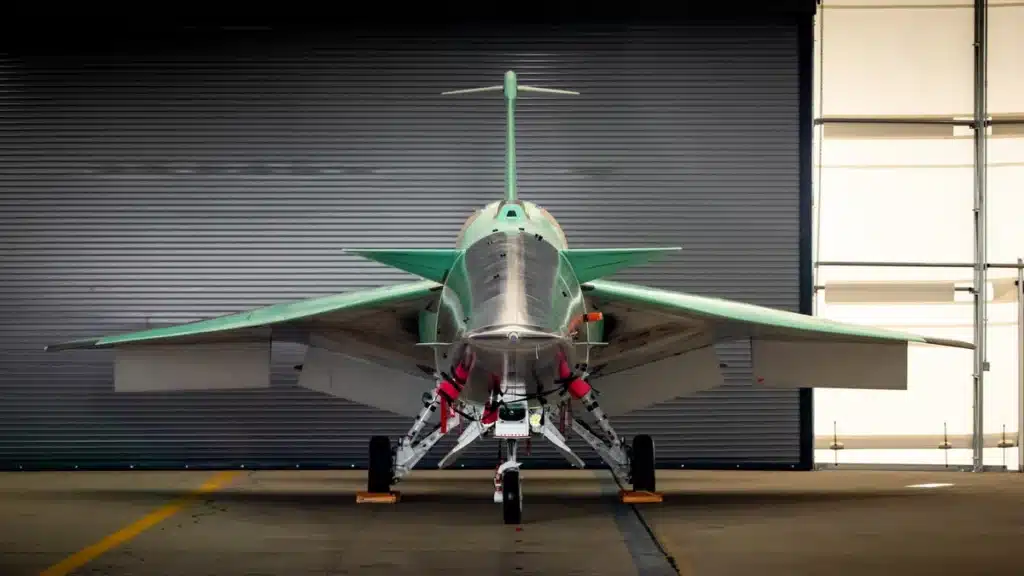
“These findings will be shared with regulators to inform decisions on current restrictions of supersonic flight over land.”
Once it’s ready for take off, the X-59 supersonic jet will undergo an extensive research campaign.
This will see it making flights over select residential areas.
After these missions, data will be collected on the population’s experience below.
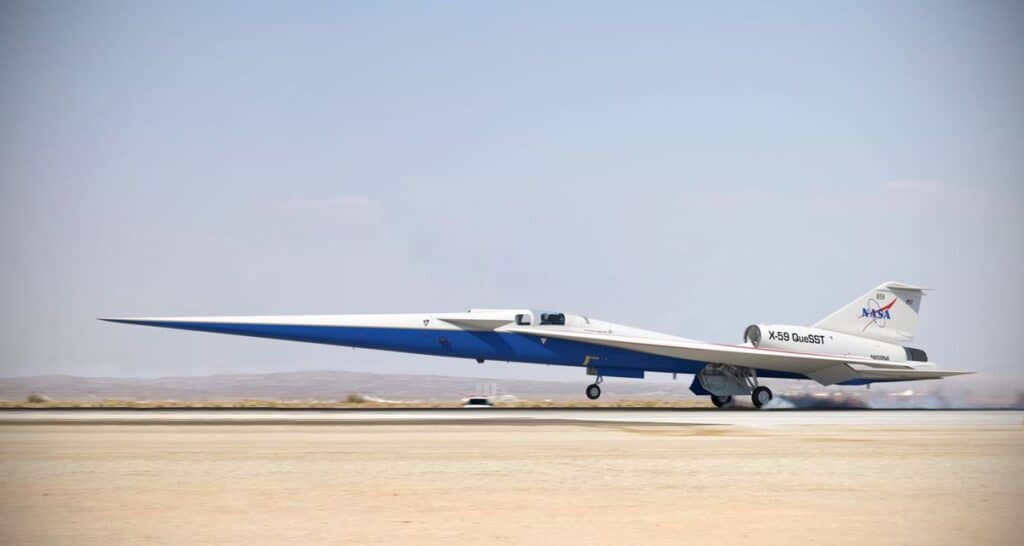
Following these steps, NASA will present this vital data to regulatory agencies, such as the Federal Aviation Administration, and seek approval for commercial supersonic flights.
And this isn’t the only supersonic aircraft in contention to dominate the skies: the Boom Overture aims to replace the Concorde.
It’s 80 percent more efficient than an average airliner.
Plus, the Stargazer is a new hypersonic plane whose creators claim will fly from New York to Tokyo in one hour.
DISCOVER SBX CARS: The global premium car auction platform powered by Supercar Blondie

London-based Amelia cut her journalistic teeth covering all things lifestyle, wellness, and luxury in the UK capital. Fast-forward a decade and the senior content writer and editor has put pen to paper for glossy magazines, busy newsrooms, and coveted brands. When her OOO is on from writing about cars and heading up on-site SEO you can find her spending quality time with her young family, in the gym, or exploring the city she loves.
